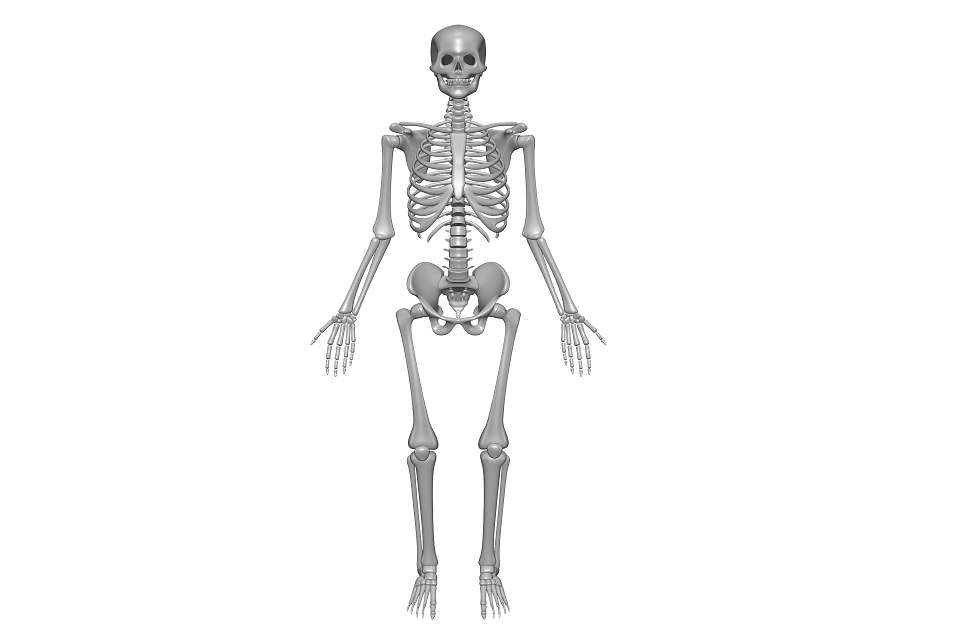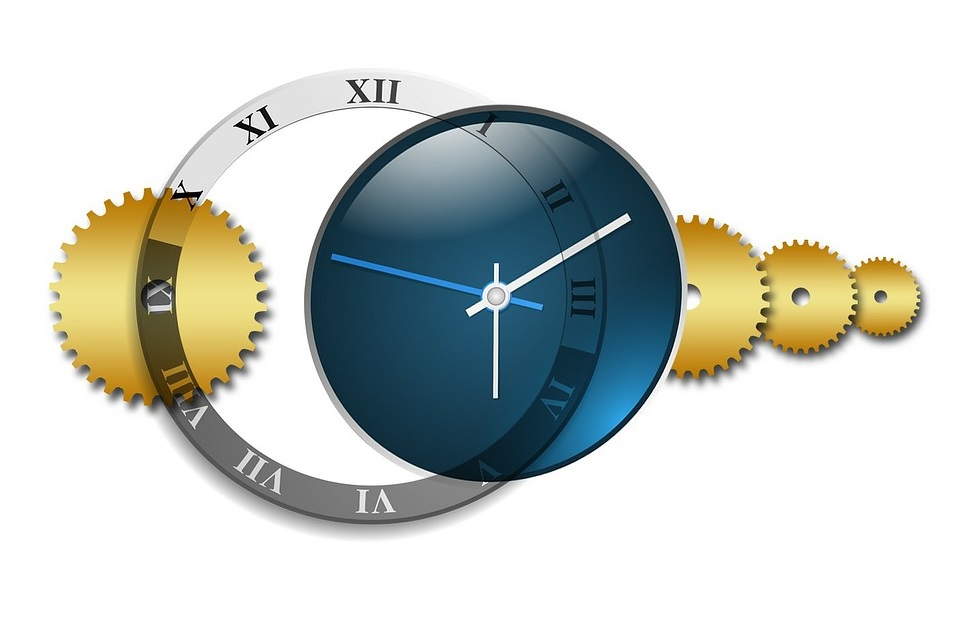Health and Aging Problem

How to search for longevity?*
*The text was written in 2015, so some ideas and articles mentioned in the article may be out of date
There are different answers to this question...
(1)
You may try to find ways to alter any of processes that scientists believe are important in aging (López-Otin, Blasco, Partridge, Serrano and Kroemer, 2013, p. 1194):
- genomic instability,
- telomere attrition,
- epigenetic alterations,
- loss of proteostasis,
- deregulated nutrient sensing,
- mitochondrial dysfunction,
- cellular senescence,
- stem cell exhaustion,
- altered intercellular communication.
Just remember that some of these processes are more crucial to aging than others, they create the chain of changes (one process leads to another, e.g. telomere attrition leads to cellular senescence).
(2)
You may try to find the ways to repair/rejuvenate our bodies by dealing with (as it's described by SENS):
- extracellular junk,
- intracellular junk,
- extracellular cross-links,
- cell loss and atrophy,
- death-resistant cells,
- cancerous cells,
- mitochondrial mutations.
(3)
You may:
3.a. search for genes responsible for longevity that we could change (like FOXO3 gene, IGF1 gene, mTOR gene (mamalian target of rapamycin) or SIRT6 gene), try to figure out how to activate them in human genome, what else will happen if we activate them? You may start your search from:
- animals with short life spans (e.g., D. melanogaster , C. elegans, M. musculus)
- animals with long life spans (e.g., 250 years old tortoises)
- plants with very long life spans (e.g., 4000 years old trees)
- T. dohrnii
- long living H. sapiens (centenarians)
- comparing different species with similar genome (in comparative studies, like mouse (able to live 4 years) and naked mole rat (able to live 28 years)).
3.b. search how environment changes genome so even identical twins have different life spans (epigenetics). For example, you may check the connection between stress and shortening of telomeres, meditation and making them longer (lengthening, elongating) again.
3.c. check for intracellular and intercellular changes that lead to genomic instability.
(4)
You may look for genes that:
- help people in resisting getting diseases,
- help people in surviving diseases after catching them,
- accelerate aging,
- slow down aging.
(5)
You may search for ways to influence a whole organism with:
- stem cell therapy,
- whole organ replacements,
- calorie restriction.
And you may search for the processes responsible for beneficial aspects of these treatments
(6)
You may help to create human body simulator – computer program that will gain data from research regarding processes happening in human body. It should be on very basic level (human cell) and on whole system level (organism). The processes should be based on statistical research data. And maybe one could add something to the equation and see what could happen after this in human organism.
It should be building up like human organisms so we could start with one cell (describe what happens in there – on the level we know right now). And from this we could go into two directions: up and down. We could describe what happens on molecular level and we could describe what happens on intercellular level.
The program should be open for new data so it could evolve and be more precise every time we give to it that new data.
There already are some “virtual physiological humans”, so you may join people working with it and help to create one simulator that ages somehow so we could look at it like we have the living organism. It could be like a game that is working all the time and changing because of that... and that might help us check what changes.
The program should connect the data and use it to modify itself (like during aging, but not only).
(7)
You may start asking questions and try to find answers to them. They might be on different level of expertise. For example:
- how do free radicals work? When they are bad and how can we change it?
- what is reservatrol, rapamycin, calorie restriction, chronic inflamation, etc.?
- what is GWAS?
- what do we have in our early years that disappears later? can we get it back somehow? how it'll work later? why does it disappear?
- is there a “Patient 0” responsible for our aging? Because there are many changes, some of them comes from others, but is there a first one? What is the first damage (on cellular level (maybe changes in DNA, but maybe something else – too much free radicals?), on molecular level (maybe the first loss of an electron, first break in some kind of molecule, in which one?), etc.)
- we know that the system (body) works quite well in its first years. It might be having some problems and leave “waste” that accumulate, but it works. Can we find the way to change it?
- will it help if we don't look at ourselves as on living organisms, but to look at us as on a puzzle (very complicated) – system (like computer system) and to start looking for “mistakes” in it?
- what is that “Little Bang” - the first thing that makes us “condemned to death”? Is it something that happens during sperm and egg connection? Or maybe it's something that happens later?
- is there anything in Universe that changes but keeps its structure? How knowing about this thing may help us in search for longevity?
- will a step back to find the first cause (“little bang”) will bring us closer to help our longevity problem?
- the genomic system (DNA) helps to build bigger system (cells, tissues, whole organism) and that bigger system takes control over genomic system (in a way). How can we use that knowledge?
- there are some ways to change the aging process pharmacologically, at least in intervertebrates (Lucanic et al, 2013). Authors write about more than 30 different compounds tested by various scientists, and they try to figure out which compounds react on which pathway, etc. Also, Wang, Ma, Chen and Lv (2014, p. 51) wrote that “gene therapy that targets non-coding sequences and repetitive sequences should be the focus of anti-aging research.” So how can it help? Which way is the best?
- Guarente (2014, p. 17) wrote that “Since 2000, other pathways have also been implicated in aging, including AMP kinase (AMPK) (Gowans and Hardie, 2014), which is upregulated when energy is limiting, and target of rapamycin (TOR) (Shimobayashi and Hall, 2014), a nutrient sensor that must be downregulated, by rapamycin, for example, for beneficial effects. It is now clear that these pathways and the insulin/IGF and sirtuins pathways all interact in mammals to regulate a wide swath of metabolism in response to diet and also trigger mechanisms to relieve oxidative stress.
Accordingly, these pathways also regulate the functionality of mitochondria. For example, downregulation of TOR stimulates mitophagy to improve mitochondrial quality, and upregulation of AMPK and sirtuins, partners in a mutually reinforcing feedback loop, activates many aspects of mitochondria, including biogenesis, oxidative metabolism, and an accompanying oxidative stress resistance. However, it is still not clear how many of the vast number of degenerative changes in aging can be influenced by this network of metabolic pathways.” How can we use this knowledge?
- there are different perspectives for aging research (Guarente, 2014; Seals and Melov, 2014; people from SENS), is it helpful or does it make things worse? How does it help (or make things worse)?
- there are different levels of seeing aging and it equals different theories of aging. On evolutionary level there are two possibilities: the genes that make us age in bad way are not doing too much trouble in our youth (before reproduction) so they don't “die” or the genes that make us age in bad way, make us live better in our youth (e.g. help in preventing too much cancer appearances in youth). On individual genetic level, there are some genes that help to live longer, they trigger some kind of mechanisms that helps in preventing cancer, degenerative diseases, etc. (e.g. Garatachea, Marin and Lucia, 2013). On intracellular level there is Free Radical Theory of Aging, but it's not that simple with this theory (Clancy and Birdsall, 2013). There are plenty of cell parts that influence aging: DNA and DNA damage (Moskalev, et al., 2013), RNA (Kato and Slack, 2013), etc.. On electric level, there is Fading Electricity Theory of Aging (De Loof, De Haes, Boerjan and Schoofs, 2013). Also autophagy and autophagy related genes makes the difference too (Lionaki, Markaki and Tavernarakis, 2013). There is telomere length (e.g. Müezzinler, Zaineddin and Brenner, 2013). And there are others. How can we use that knowledge?
- there are different ways of checking what happens during aging. For example, Pathai, Shiels, Lawn, Cook and Gilbert (2013) check the aging of the eye. What are the others?
- We know that brain ages (Perluigi, Swomley and Butterfield, 2014; Petralia, Mattson and Yao, 2014). What can we do about it?
- there are Advanced glycation end-products (AGEs) (Roca, Grossin, Chassange, Puisieux and Boulanger, 2014), what are they? What's theirs role in aging? How can we change it?
- Salminen, Kauppinen, Hiltunen and Kaarniranta (2014) wrote about Krebs cycle and its possible influence on aging, what are other processes that are involved in aging?
- our cells shouldn't be 100% “bulletproof”, they can't be inevitable, because if it was like this, we would have probably died. Is it true? And if it is, how does this knowledge help?
- some say that there are 7 or 9 basic aspects of human aging, but is it all? What else can there be?
- the ever oldest living person on earth was 122,5. So probably thanks to changes in our DNA we may prolong human life and make it easier in older people, but there might not be a permanent solution for our aging. Thank to those changes we might live 150 or 200, but still, after that time, we'll probably die. Not everything is possible by messing with our genome. So what are our other options? Is it regenerative medicine or leaving our bodies behind? Is it repairing our system or building new one?
- etc.
It's important that if you want to search for longevity, you should not be afraid to ask these and other questions. For now, we don't really know what can help so, maybe your question will be the one that will help us go further. So ask and search for your answers. Good luck.
References
Clancy, D. and Birdsall, J. (2013). Flies, worms and the Free Radical Theory of ageing. Ageing Research Reviews 12, 404-412.
De Loof, A., De Haes, W., Boerjan, B. and Schoofs, L. (2013). The Fading Electricity Theory of Ageing: The missing biophysical principle? Ageing Research Reviews 12, 58-66.
Garatachea, N., Marin, P. J., and Lucia, A. (2013). The ACE DD genotype and D-allele are associated with exceptional longevity: A meta-analysis. Ageing Research Reviews 12, 1079-1087.
Guarente, L. (2014). Aging Research—Where Do We Stand and Where Are We Going? Cell 159, 15-19.
Kato, M. and Slack, F. J. (2013), Ageing and the small, non-coding RNA world. Ageing Research Reviews 12, 429-435.
Lionaki, E., Markaki, M., and Tavernarakis, N. (2013). Autophagy and ageing: Insights from invertebrate model organisms. Ageing Research Reviews 12, 413-428.
López-Otin, C., Blasco, M. A., Partridge, L., Serrano, M., and Kroemer, G. (2013). The Hallmarks of Aging. Cell 153, 1194-1217.
Lucanic, M., Lithgow, G. J., and Alavez, S. (2013). Pharmacological lifespan extension of invertebrates. Ageing Research Reviews 12, 445-458.
Moskalev, A., Shaposhnikov, M. V., Plyusnina, E. N., Zhavoronkov, A., Budovsky, A., Yanai, H. I Fraifeld, V. E. (2013). The role of DNA damage and repair in aging through the prism of Koch-like criteria. Ageing Research Reviews 12, 661-684.
Müezzinler, A., Zaineddin, A. K. and Brenner, H. (2013). A systematic review of leukocyte telomere length and age in adults. Ageing Research Reviews 12, 509-519.
Pathai, S., Shiels, P. G., Lawn, S. D., Cook, C. and Gilbert, C. (2013). The eye as a model of ageing in translational research – Molecular, epigenetic and clinical aspects. Ageing Research Reviews 12, 490-508.
Perluigi, M., Swomley A. M., and Butterfield, D. A. (2014). Redox proteomics and the dynamic molecular landscape of the aging brain. Ageing Research Reviews 13, 75-89.
Petralia, R. S., Mattson, M. P., and Yao, P. J. (2014). Communication breakdown: The impact of ageing on synapse structure. Ageing Research Reviews 14, 31-42.
Roca, F., Grossin, N., Chassange, P., Puisieux, F. and Boulanger, E. (2014). Glycation: The angiogenic paradox in aging and age-related disorders and diseases. Ageing Research Reviews 15, 31-42.
Salminen, A., Kauppinen, A., Hiltunen, M. and Kaarniranta, K. (2014). Krebs cycle intermediates regulate DNA and histone methylation: Epigenetic impact on the aging process. Ageing Research Reviews 16, 45-65.
Wang, X., Ma, Z., Chen, J. and Lv, Z. (2014). A genetic program theory of aging using an RNA population model. Ageing Research Reviews 13, 46-54.
***
Read more about health and aging problem
improve the world .:. health and aging .:. superintelligence .:. war / peace .:. (in)equality .:. inhuman problem .:. about .:. the weeks .:. panels .:. aworlds .:. challenge .:. funds .:. contact




